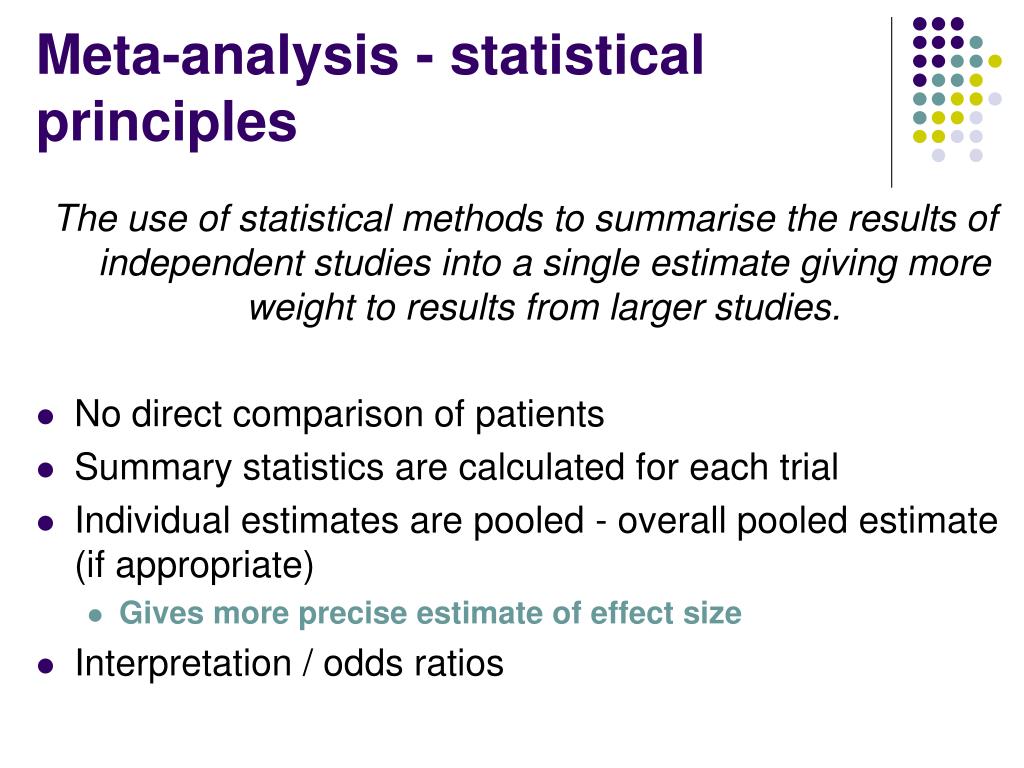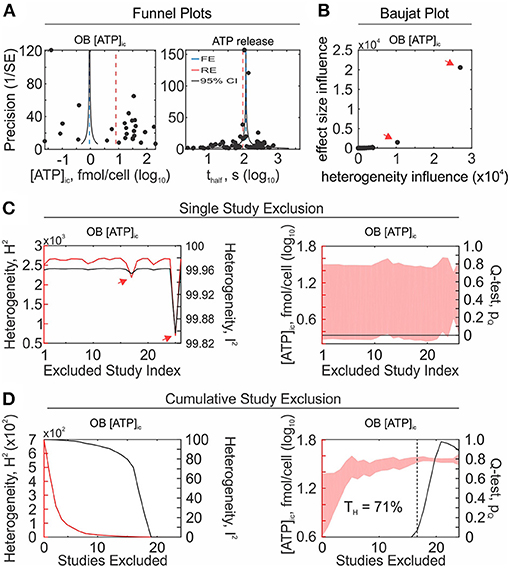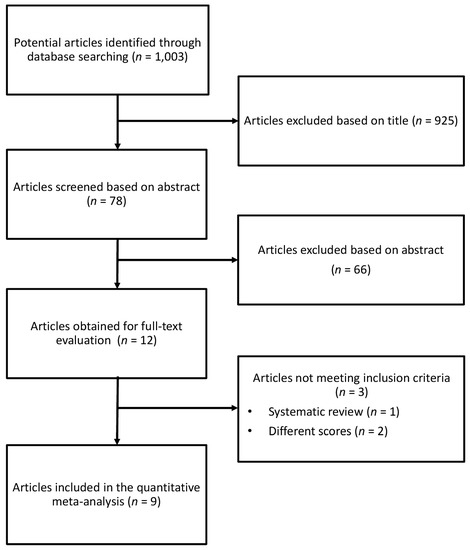

Several, novel biological drugs have demonstrated promising activity in treating MM including immunomodulatory drugs (e.g. Initial treatment options for MM typically involve corticosteroids in combination with other drugs including alkylating chemotherapeutic agents and novel biological drugs, with or without hematopoietic stem cell rescue. Multiple myeloma (MM) is the second most common form of blood cancer with an age-adjusted incidence of six per 100,000 per year in the USA and Europe. Analyses based on summary data are prone to bias and need to be interpreted with great care. Analyses based on individual patient level data allow for the adjustment of observed covariates however, individual patient level data is quite often unavailable. RCTs continue to be the gold standard of evidence. The choice of method depends on the data available. Complex methods such as propensity scoring or matching adjusted indirect comparison make use of individual patient level data to create a comparison adjusting for measured covariates. An alternative is to simultaneously synthesise multiple outcome measures and derive relative effects through a chain of evidence. Random main effects models allow for the incorporation of before-and-after studies, where access to patient level data is not a necessity. Hierarchical models have been proposed to systematically incorporate comparative observational evidence based on summary as well as individual patient level data. Recently, novel methods have been proposed as a means of incorporating evidence from observational studies or patient level data and thereby potentially overcoming some of the limitations described above. One could rely on clinical judgement to inform the comparative effects, as has been done in the past, however, additional uncertainty is not being accounted for. Often, however, a decision on reimbursement or treatment choice is required and cannot be postponed. One option is to conclude that evidence is insufficient to make a judgement on relative treatment effects. RCT) for all potentially relevant treatments of interest, and as a result evidence networks may be partial or incomplete. Unfortunately, it is often challenging to find high quality evidence (e.g. However, relative treatment effects for all interventions of interest can only be derived where it is possible to establish a viable, connected network (see Lu and Ades for an introduction ). The technique allows researchers to estimate the comparative effectiveness of treatments that have not been studied in head to head trials. Network meta-analysis (NMA) has become increasingly popular among both clinicians and policy makers as a tool to assess the evidence for new technologies relative to all available comparator treatments. Additional uncertainty is accounted for by scenario analyses reducing the risk of over confidence in interpretation of results. The analysis shows how observational data can be used to fill gaps in the existing networks of RCT evidence allowing for the indirect comparison of a large number of treatments, which could not be compared otherwise.
Comprehensive meta analysis single subject free#
While significant variation in the ranking is observed, daratumumab in combination with dexamethasone and either lenalidomide or bortezomib, as well as triple therapy of carfilzomib, ixazomib and elozumatab, in combination with lenalidomide and dexamethasone, show the highest effects on progression free survival, on average. Five matches are selected to bridge between the networks. Twenty five randomised controlled trials form two disconnected evidence networks 12 single armed observational studies are considered for bridging between the networks. Uncertainty resulting from including this evidence is incorporated by analysing the space of possible matches. Single armed trials are matched to act as each other’s control group based on a distance metric derived from covariate information.


Observational evidence was identified to fill the evidence gap. Standard Bayesian NMA models are fitted to obtain estimates of relative effects within each network. Randomised controlled trials (RCTs) identified in a systematic literature review form two disconnected evidence networks. This is also the case in the evidence of treatments for relapsed or refractory multiple myeloma. Head-to-head evidence is limited in many disease areas, regularly resulting in disconnected evidence structures where a large number of treatments are available.

Network meta-analysis (NMA) allows for the estimation of comparative effectiveness of treatments that have not been studied in head-to-head trials however, relative treatment effects for all interventions can only be derived where available evidence forms a connected network.


 0 kommentar(er)
0 kommentar(er)
